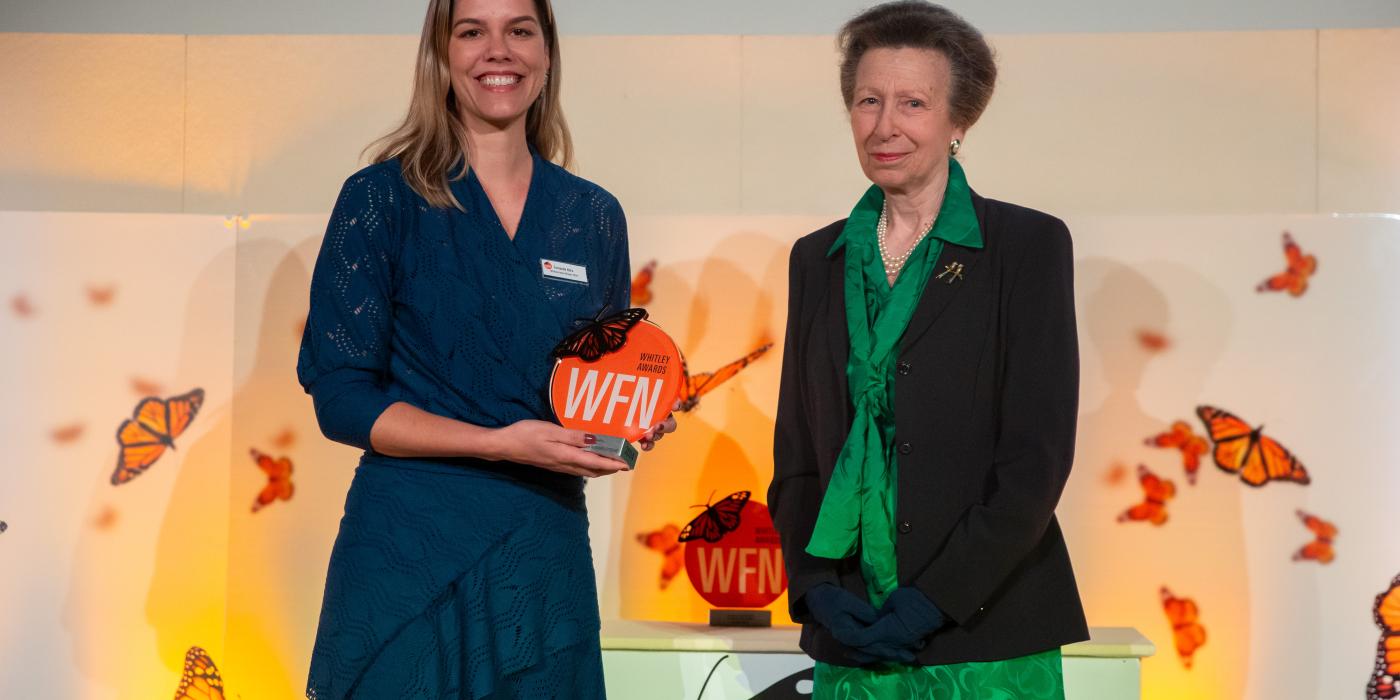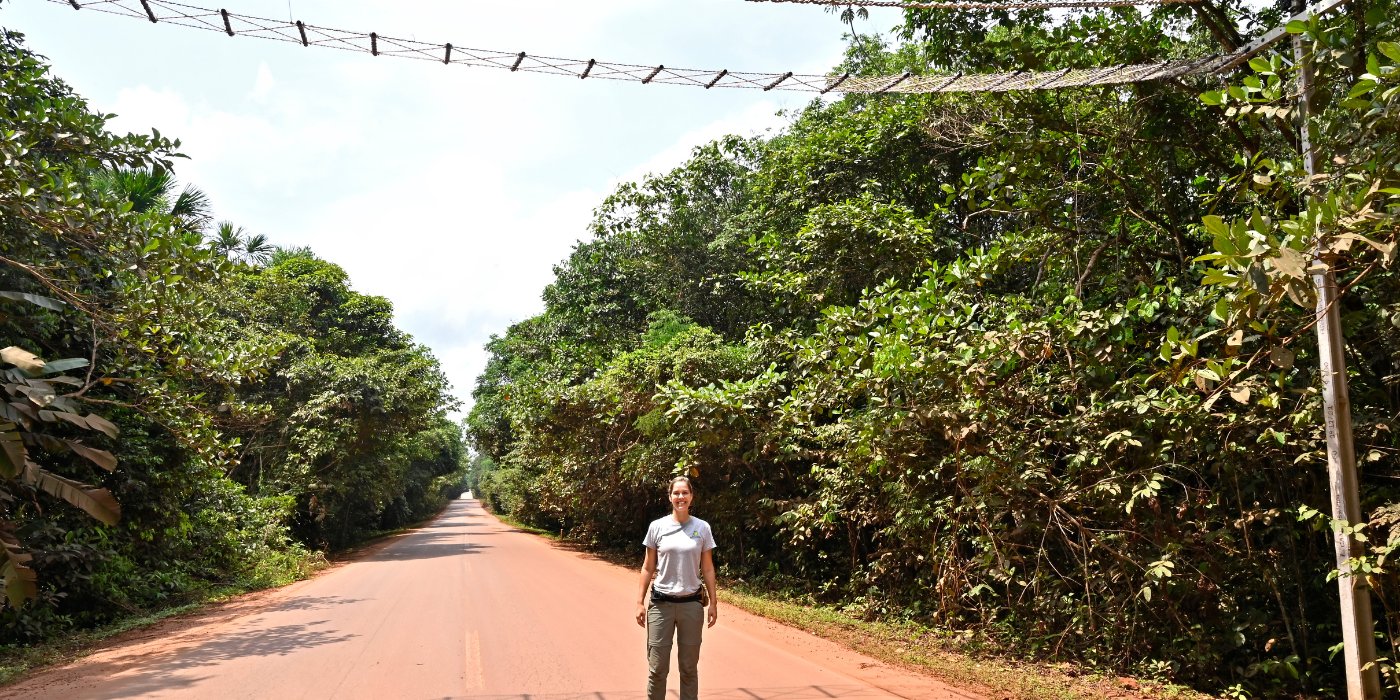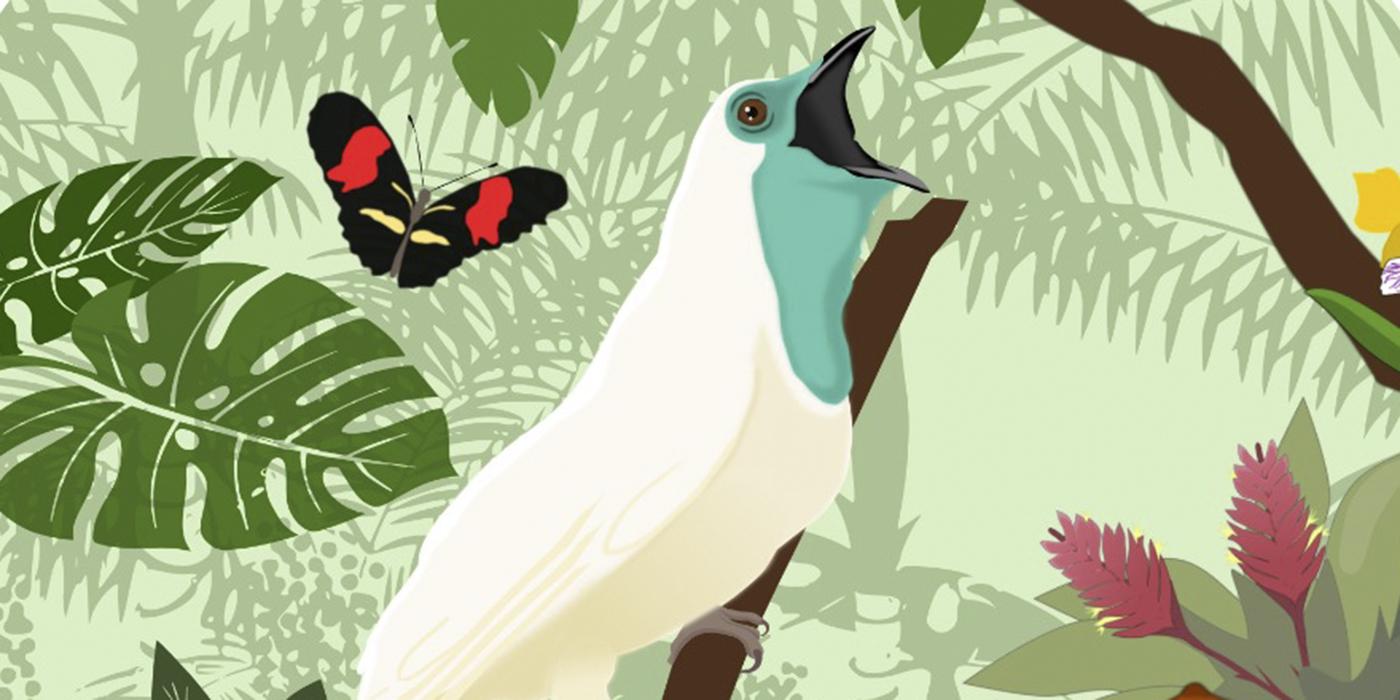Building a Future for Biodiversity
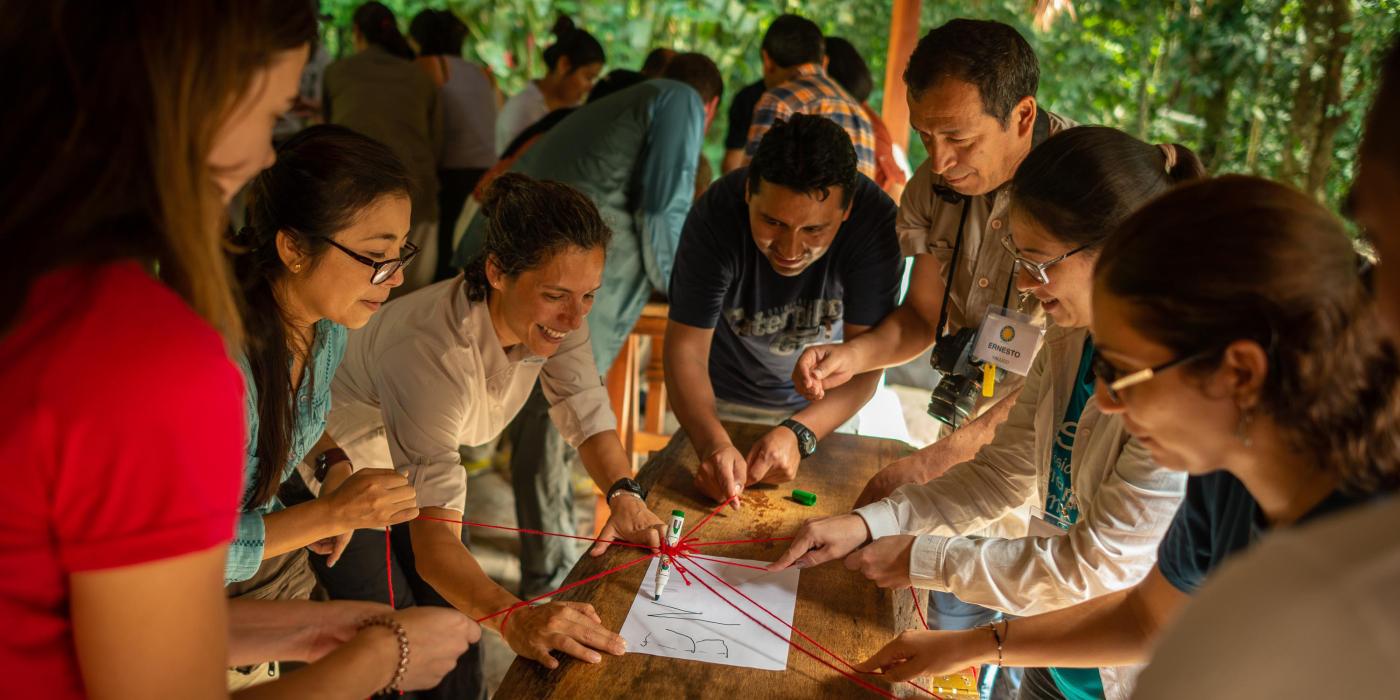
Smithsonian Conservation Biology Institute scientists work in more than 25 countries around the world. Recently, they took their expertise to the Amazon in Peru, where they hosted a course to help regional stakeholders put sustainable development conservation into practice. In this Q&A, Center for Conservation and Sustainability head Francisco Dallmeier talks about how biodiversity monitoring can inform development projects in habitats that are critical for wildlife.
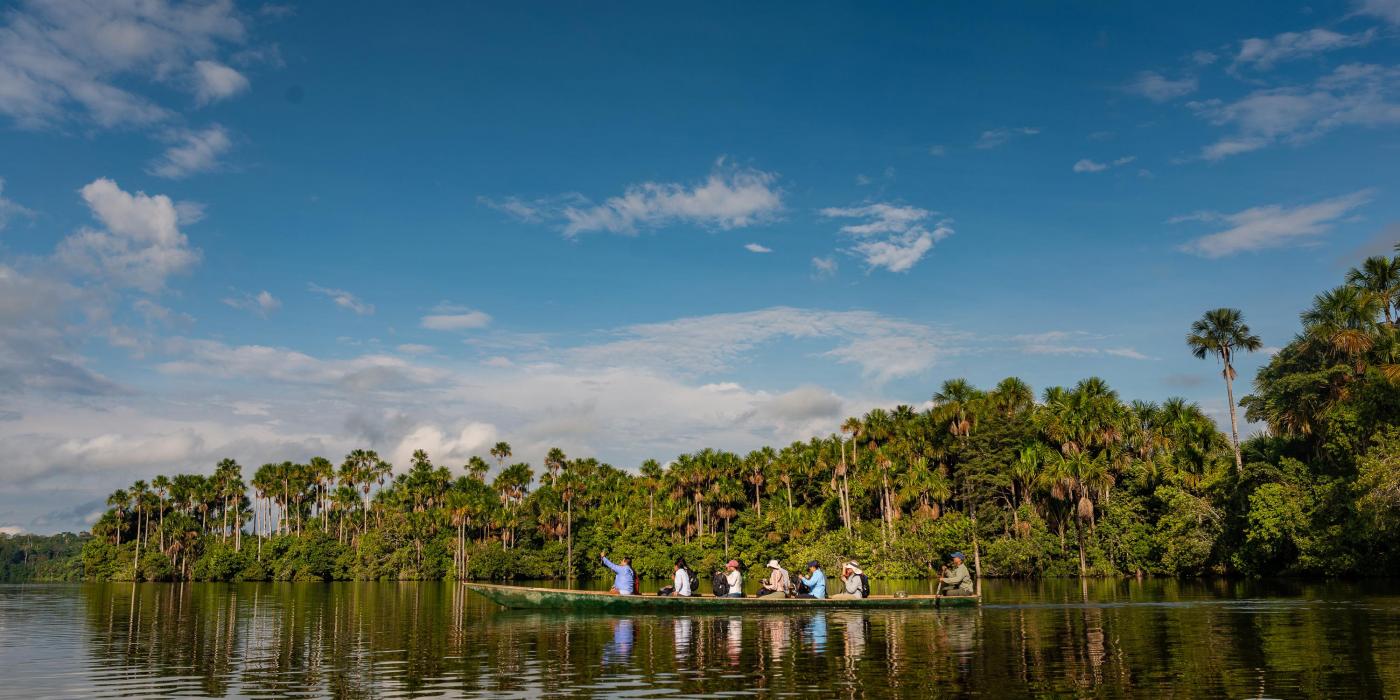
Why did you host the course in the Amazon?
In recent years, the tropical Andes countries (including Peru) have seen an impressive and accelerated regional mega-infrastructure development in terms of roads, highways, pipelines, transmission lines, mining, dams and other projects. Infrastructure development is essential for economic and social growth and can often generate major conservation impacts in some the most biodiversity-rich areas of the world.
We are facing a major wildlife crisis because of the expanding impacts of infrastructure on biodiversity and the ecosystem. Prospective solutions will require productive conversations and thoughtful trade-offs. Every major infrastructure development project needs roads connecting people and services. If roads are not designed with a conservation sustainability framework, it can be detrimental to wildlife and their habitats.
Global need for paved roads is estimated to increase by 25 million kilometers by 2050; this will be equivalent of circling the earth 600 times! The Initiative for Integration of Infrastructure in South America—together with illegal road building—is severely affecting the sustainability and resilience of tropical ecosystems.
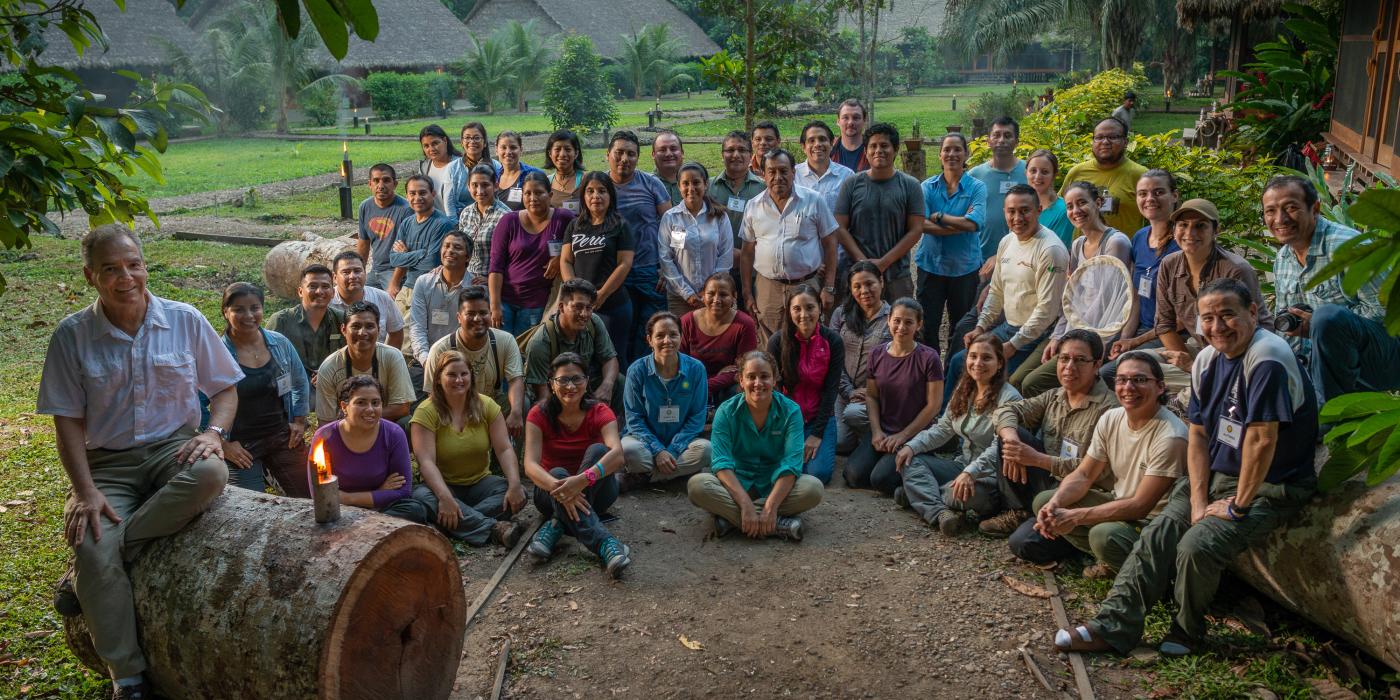
What is the goal of the course?
As development expands, the efforts to support wildlife conservation are failing in many fronts and biodiversity, and natural areas are in a broad retreat. Areas of wilderness are declining, forest fragmentation is dramatically increasing and areas rich in biodiversity are rapidly shrinking.
Our goal is to equip regional “agents of change” with the lenses and tools to be active players in the interface of development and conservation priorities. The BMAP course provides tools, information and the know-how to develop landscape scenario planning, biodiversity baseline assessments, monitoring of environmental “vital signs” and frameworks to develop projects sustainably at the landscape scale. This approach provides an understanding of the potential impacts of the project within the context of multiple projects occurring in the same landscape.
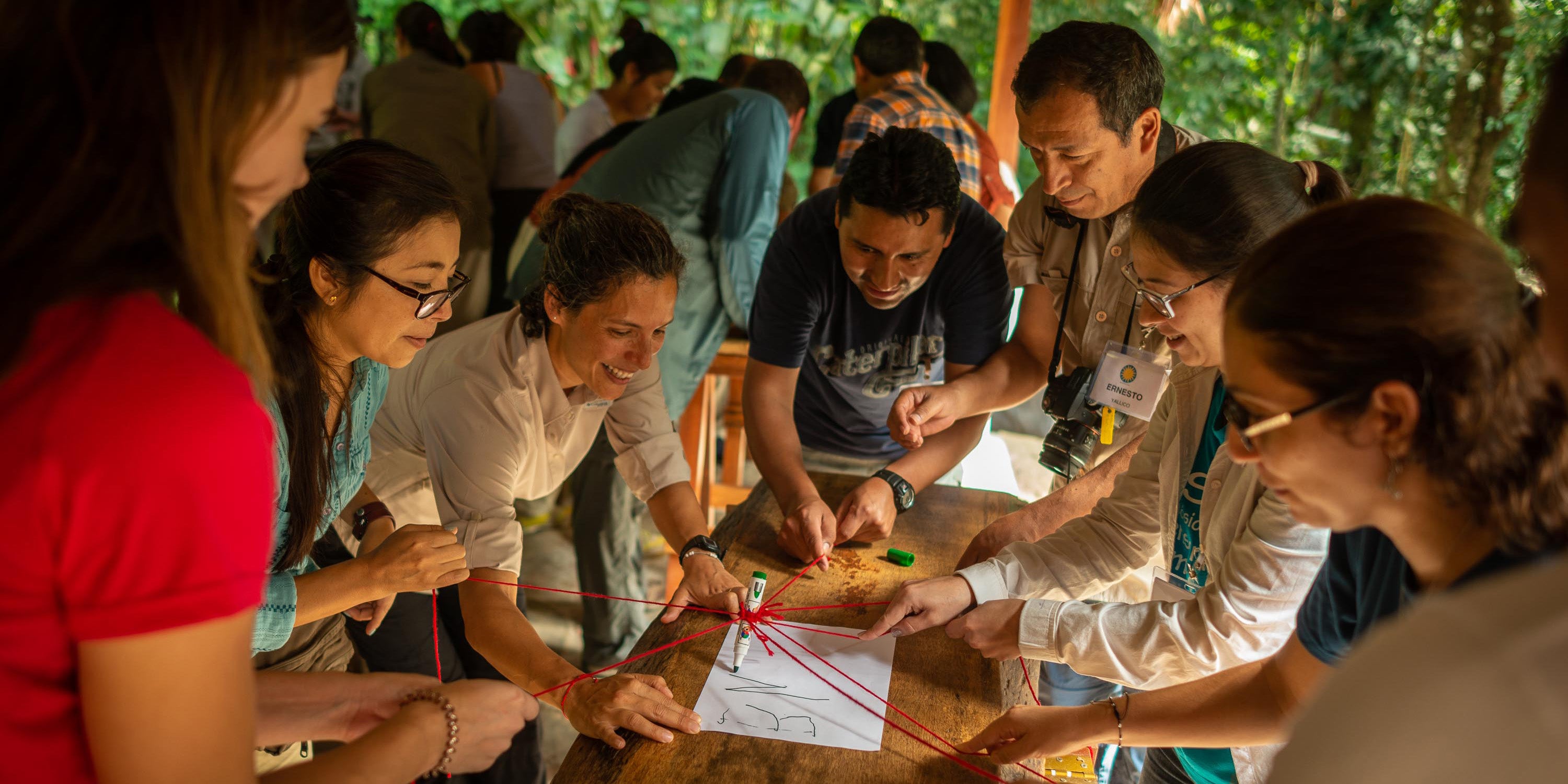
What methods do you use to monitor biodiversity in the Amazon?
Essentially, we want to demonstrate to stakeholders how engineering and conservation needs can be planned together to create a smart approach for smart-sustainable infrastructure development.
In order to assess and monitor biodiversity in the Amazon, we first define the site-specific questions that will be answered by the monitoring program. What ecosystems, critical habitats and species of conservation concern are represented in the area? What are the potential impacts of the project on species and habitats? What species can be the best indicators for monitoring “vital signs?” What are the potential impacts of the project on wildlife, and how we can help mitigate these impacts? What are the specific impacts on wildlife, habitats or ecosystem services?
Then, we focus on the key questions and develop the BMAP research protocols that will help respond the questions. To understand the potential impacts of a project(s) in a large biodiversity rich landscape, we use participatory ecosystem services assessment of the area and landscape scenario planning. This allows conservation and development to work together in planning for future smart-infrastructure development projects, protecting conservation areas, maintaining landscape connectivity and implementing conservation actions.
We also use a variety of other methods to monitor many other variables such as drones, acoustic monitoring, radio tracking, water and stream quality, among others. A combination of different monitoring approaches allows better conservation and smart-sustainable infrastructure design and implementation for mapping out “no-go” development areas, design conservation corridors, and avoid, minimize, restore and offset projects impacts.
Course participants also learned from case studies and were presented with lessons learned from multiple projects. We shared where to find important information, how to engage relevant stakeholders in the project design, and how to analyze the environmental variables that will determine how the project will meet the social, economic and environmental sustainability goals.
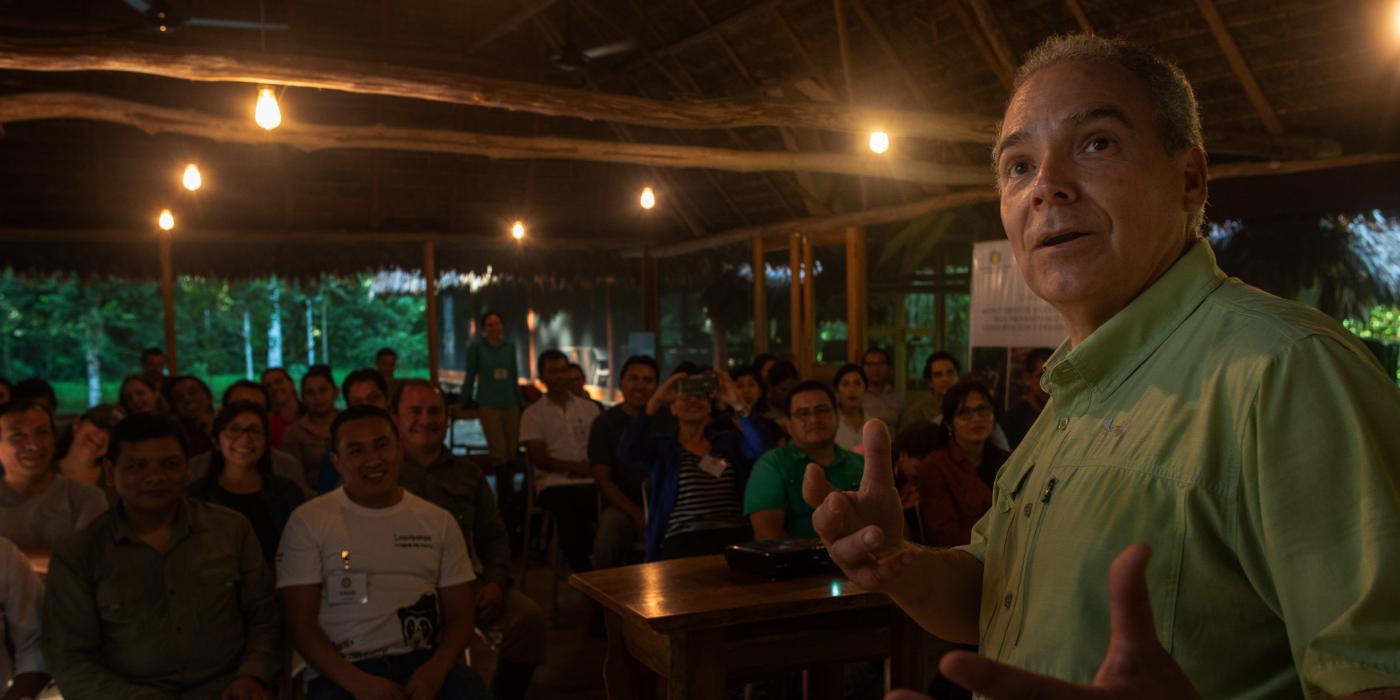
What does monitoring a development site entail?
Monitoring a site is like creating a biological movie of the “vital signs” of the environment. Once we have selected the key species and habitats to monitor and implement the question driven research protocols, we analyze the data to create the “movie” of the environmental changes in species and habitats.
By re-measuring the biological and environmental variables over time, we determine the status and trends of species and habitats due to natural or human-induced causes. This is critical for implementing actions on the ground that maintain the integrity of the ecosystem and the flora and fauna that live there.
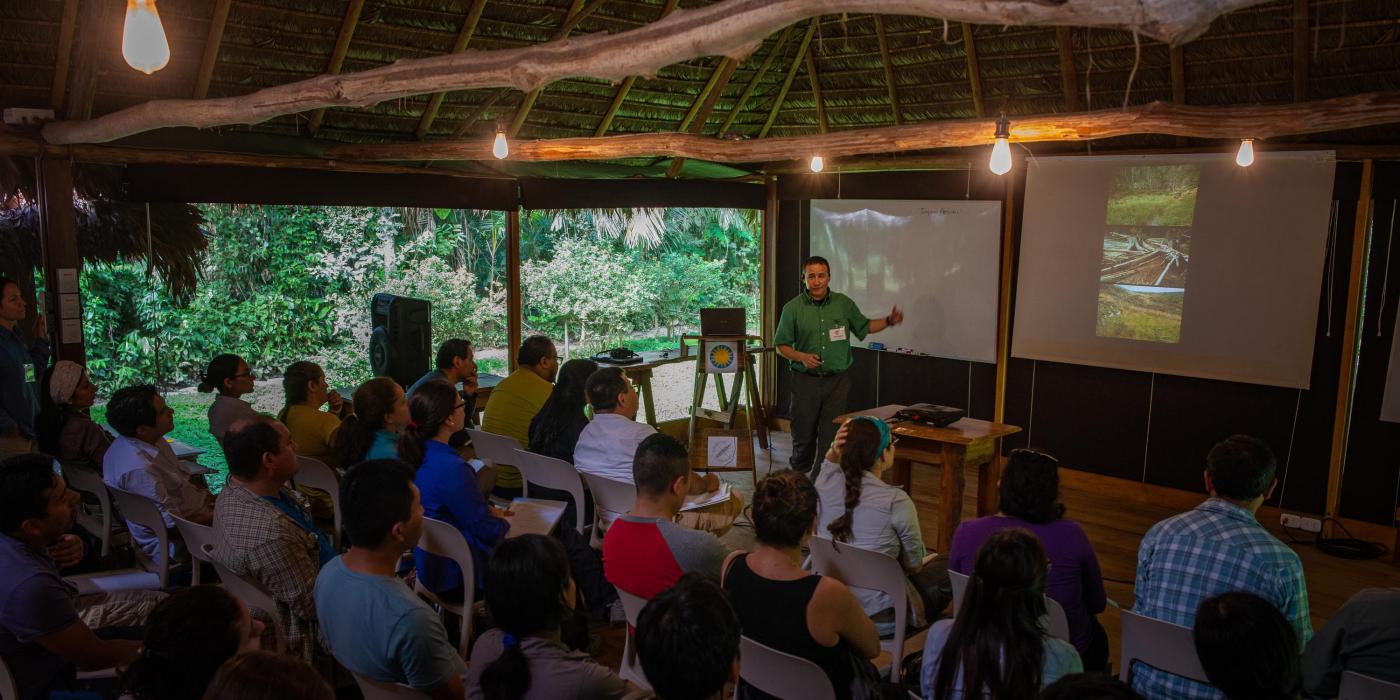
How can this multi-disciplinary approach help biodiversity?
A multi-disciplinary approach brings together fresh perspectives and ways of thinking, which is necessary for generating solutions. Considering the social and economic perspectives helps smart-infrastructure development drive conservation in the Amazon.
With the course participants, instructors and stakeholders, we experienced a tremendous level of enthusiasm and desire to transform "business as usual" into conservation and sustainability. Training the next generation of conservation and development professionals will significantly increase the odds of protecting biodiversity, even as large extensions of biodiversity “hot-spots” undergo major transformational development.
This story appears in the July 2018 issue of Smithsonian Conservation Biology Institute News. Learn more about the Center for Conservation and Sustainability.

